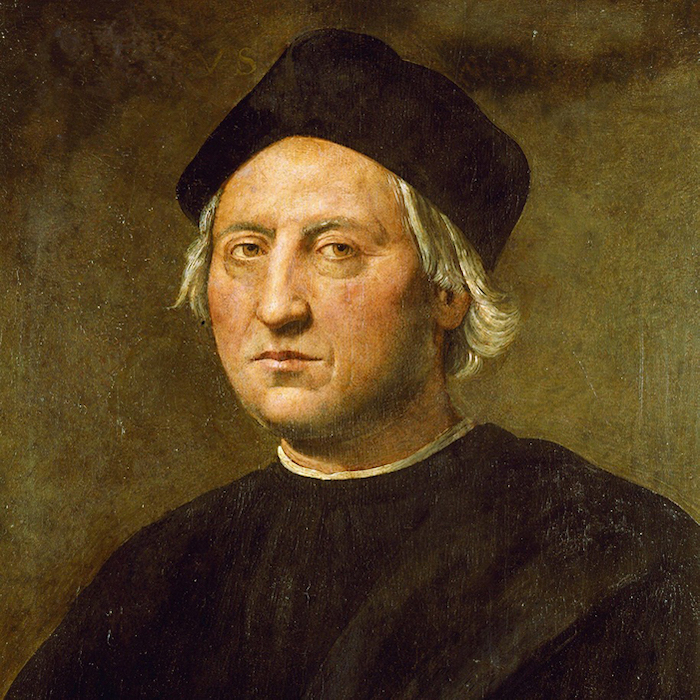


From the end of the 15th century, Europeans arrived in America. This had terrible consequences for the Pre-Hispanic civilisations, which underwent profound political and cultural changes.

The Pre-Hispanic civilisations collapsed and were profoundly altered after the arrival of Christopher Columbus and other European explorers.
When the Europeans arrived, all these peoples gradually disappeared, but this did not mean that their cultures were completely forgotten. How could this be true?
This was partly due to the codices, which were manuscripts produced by the Mesoamerican civilisations before the arrival of the Spanish.
These books deal with all types of topics, such as rites, astronomy and how the societies were organized… a real mine of information for understanding these lost cultures.


Our knowledge of Pre-Hispanic civilisations is partly due to the codices, which were manuscripts produced before the Spanish arrived.

To make our study of it easier, we usually divide this region of the world into several geographical areas.

North America is divided into several geographical areas.
Let’s head to Western Canada, to the Subarctic. Several indigenous cultures (the people groups born there) created objects needed for their rituals, until the latter were forbidden by the English colonisers.
Throughout the 19th century, some clans continued the manufacture of “transformation masks”.

These masks were worn by dancers during ceremonies. They represent the spirit of a mythological animal, considered to be the founder of the clan. When the mask opened, the spirit revealed its human form. This was a spectacular way for the dancers to show off their prestigious ancestors.

Some cultures in Western Canada made “transformation masks” representing the spirit of a mythological animal.
Another type of well-known object originates from this region of Canada.
Be careful not to use the wrong name to describe them, because they are not “totems”, but “totem poles”.
Like transformation masks, the totem pole calls up an animal spirit, which serves as the clan’s emblem. The word “totem” refers to this spirit.
To sum up, the totem is an animal spirit, represented in a totem pole.

The animal spirit, known as a totem, is sometimes represented in a sculpture called a “totem pole”.
With their red skin and slightly strange way of speaking, the Amerindians in Peter Pan have been subjected to a few stereotypes… we have to say that the film dates from the 1950s. This was the Golden Age for American Westerns, those films about “Cowboys and Indians”. In these films, native Americans are portrayed as either dumb-witted savages or bloodthirsty warriors.
The worst of it all is that we attribute customs to them that were never theirs! Totem poles, for example, originate from the West Coast of Canada and are totally out of place in the Indian civilisations on the plains of the USA as they are portrayed in westerns and Peter Pan.
It was not until 1960 that producers began to show the native populations more realistically, and to denounce the massacre of these peoples by the colonisers.

The native cultures of North America have been popularised by westerns, which are films that express numerous clichés and stereotypes about the “Indians”.
As soon as the first colonisers arrived at the end of the 15th century, the Amerindians were exterminated or died after catching diseases brought from Europe. Across the whole continent, it is estimated that 56 million perished in only one century.
During the 19th century, the conquest of the West led to incessant wars between citizens of the United States and the Amerindians, who were forced to surrender their land. Those who survived had to adopt the western way of life or accept deportation into “reserves” far from the lands of their ancestors. More than 300 of them still exist today in the United States.
In the reserves, such as the Pine Ridge reserve seen here, the Sioux lived in very precarious conditions.

The arrival of the first European colonisers decimated the Amerindians, and those who survived were deported to reserves.

"*" indicates required fields